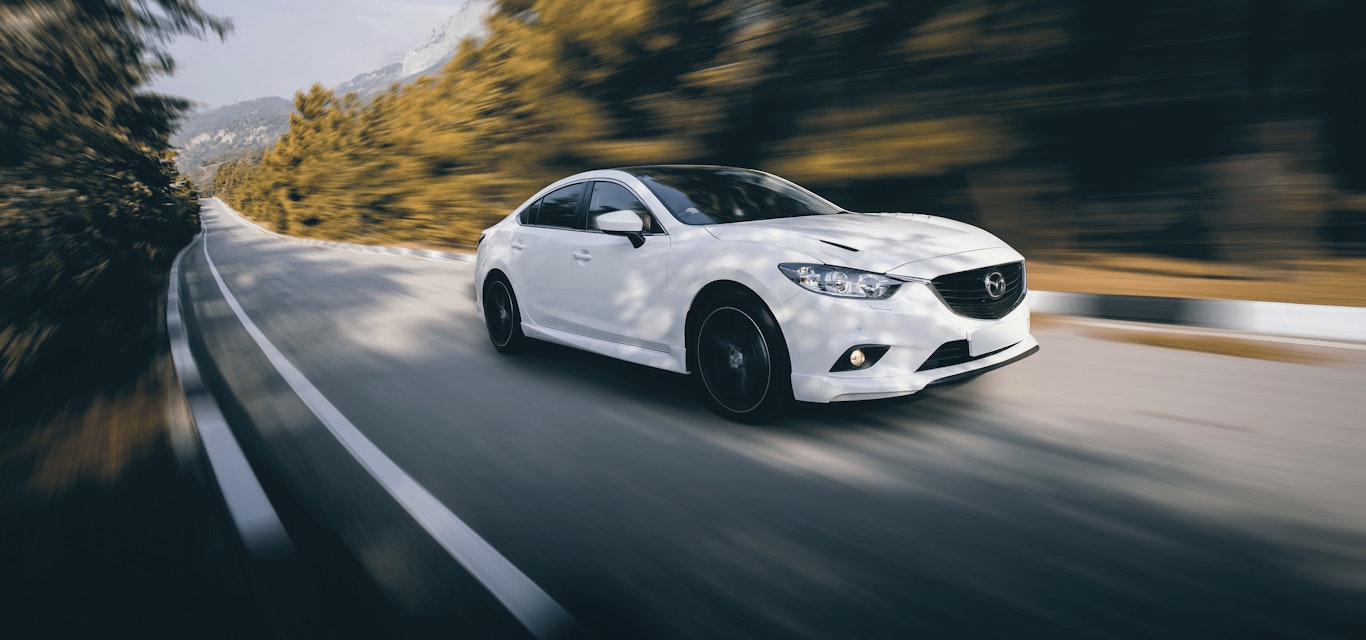Your views: Aug/Sep 2022
Our readers share their thoughts on speeding, scooters, units of measurement and more.
Speed kills
I heartily agree with Mike Buky in the [Journeys] April/May issue about speed limits. I live on a narrow, winding rural road that starts at 60km/h and increases to 100km/h with the nearby highway limited to 80km/h.
There is no way 100 [speed limit] is suitable for the road I live on. Yet the highway could be at least 90 [speed limit] as it’s predominately straight and wide, yet a single lane.
I also can’t understand road work signs saying reduce speed to 60 when the limit is 60 or when the road works are nowhere near the road.
There needs to be logic and common sense when making rules. Apparently you have to have some kind of degree to be making these decisions. Could’ve fooled me.
John Briggs
Speeding is the cause
Greg Hurford says “Exceeding the speed limit is simply not the root cause of most serious crashes” and he provides figures to show that 13% of crashes are due to speeding. However he omits to include the extra data that “Excessive speed for the conditions is the cause for 25% of serious casualties”. 25+13=38% So in fact speed is the biggest cause of serious casualties on Tasmanian roads.
Doug Willmott, Cygnet
A true inspiration
Wow, how impressive is Ella Podmore. To develop such skills as to have McLaren offer to create a materials engineering department then invite her in as a materials engineer is just off the scale as an achievement.
To be in a position to encourage other young women in the STEM field speaks volumes of her capability and inspiration. It says much about her passion for materials engineering and science, generally.
The future of science and hybrid technology is in good hands with the likes of Ella being an inspiration, and so passionate. Well done Ella.
The name McLaren always get my attention as I well recall the late Bruce McLaren’s brief visit to Longford, all those years ago. Great that the name still conjures up images of motoring development and technical excellence.
Alan Atkins, Launceston
Time or distance?
I have never understood, nor will I ever understand, why, when we have a perfectly good usable and understandable system of linear measurement, many people insist on using units of time to indicate the distance between two places. For example, “That place is an hour drive from Launceston”. I would venture an opinion that there is no such place that is 10 minutes, 30 minutes, an hour or any unit of time from another place. OK, you might say, but it’s just a guide. Well, a distance in kilometres is a guide, a very accurate guide.
It is my belief that the habit of using time units for distance was instigated by people in the tourism and real estate industries to make a destination or property seem closer to populated centres so that a destination is easier to get to or a property is close to major centres with desirable facilities. No matter how it all started, I seriously believe that a guide to a distance given in units of time can effect the way in which some people may drive a car. Consider this: what if someone is advised that “yeah, that’s just a 30-minute drive, mate”and then that someone realises halfway through the journey that it’s going to take at least 45 minutes. What do you think that someone will do? Yes, that’s right ... speed up.
Russell Cross
Want to have your say?
We'd love to hear your views on any motoring or travel-related topics.

